Light Years
You feel like you’ve seen Gerald Förster’s work before. It’s filled with people who seem legendary. But these photographs, shot in locations across the globe in a portable studio, have never been possible until now.
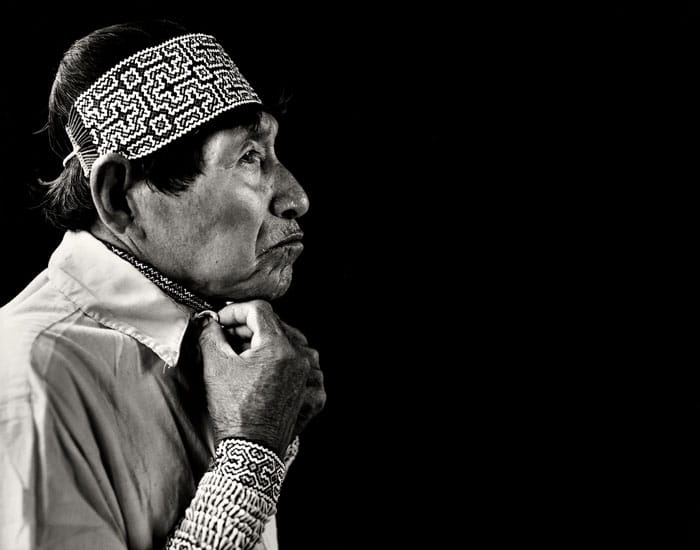
Interview by Nicole Pasulka
Nicole Pasulka: How did you begin working on the Light Years project?
Gerald Förster: The Light Years project began as experiment in photo-poetic portraiture—a collaboration between myself and poet Anthony Smith. What began as an experiment became a decade-long odyssey, spanning five continents and more than 18 countries. I have traveled nearly a quarter of a million miles to experience the infinite beauty and diversity of people; traveling with an open itinerary allowed me to flow freely like the great Tao through the most diverse geographical parts of each country, setting up my portable studio with these remarkable people wherever the encounter took place. Continue reading ↓
The Gerald Förster show at the Jenkins Johnson Gallery begins Oct. 19.
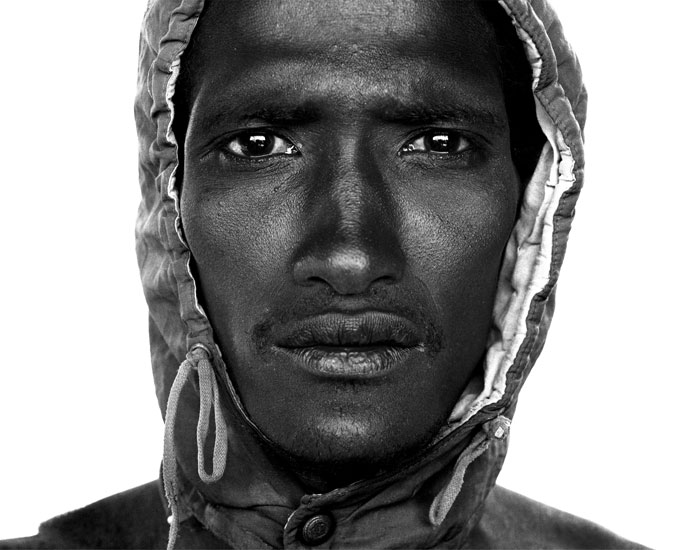
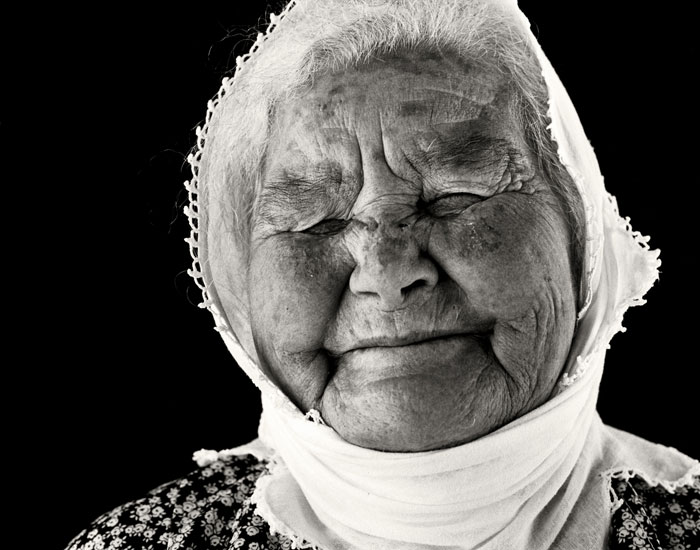
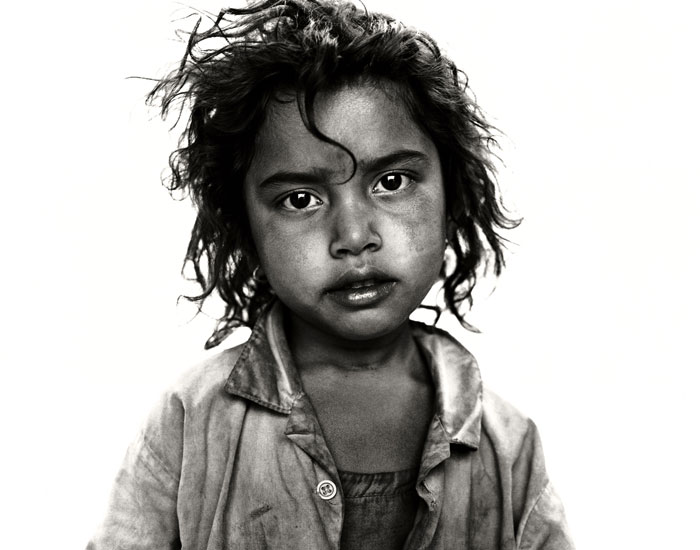
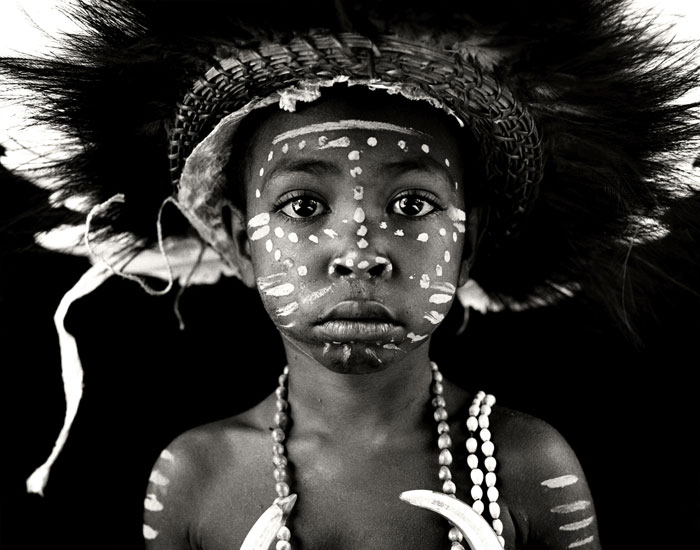
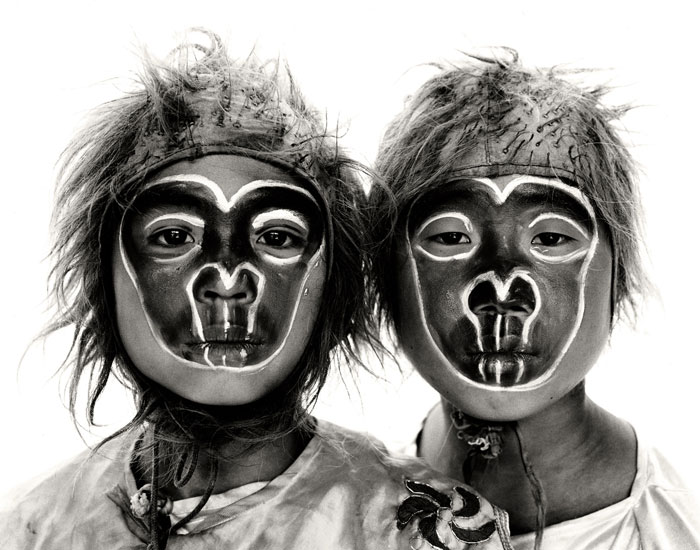
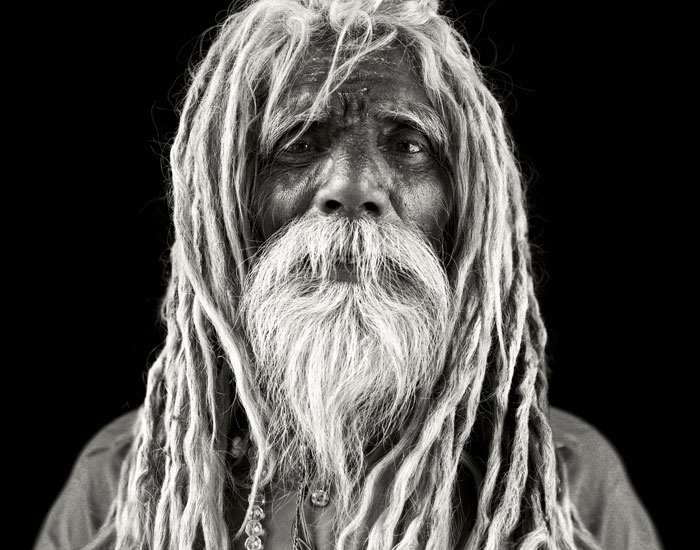

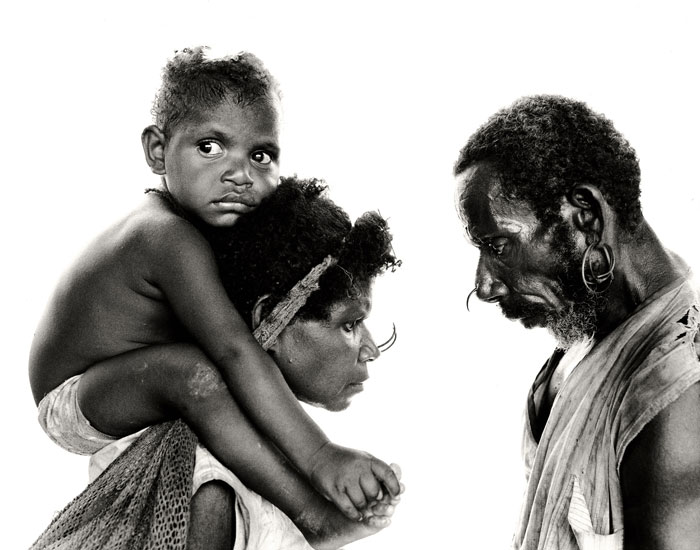
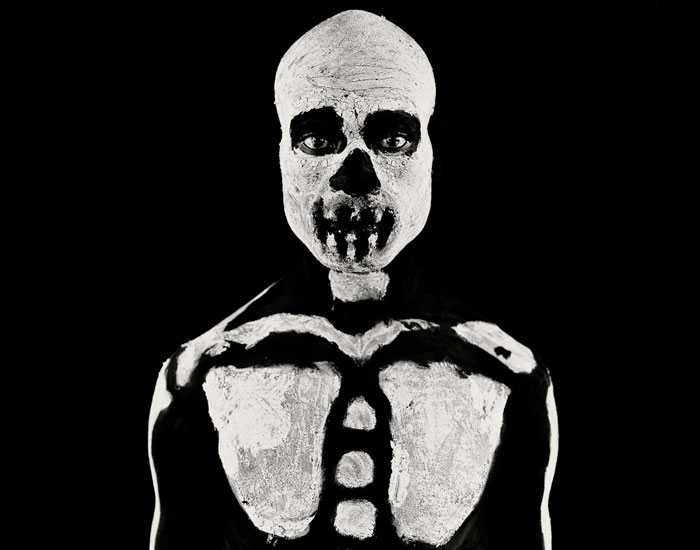
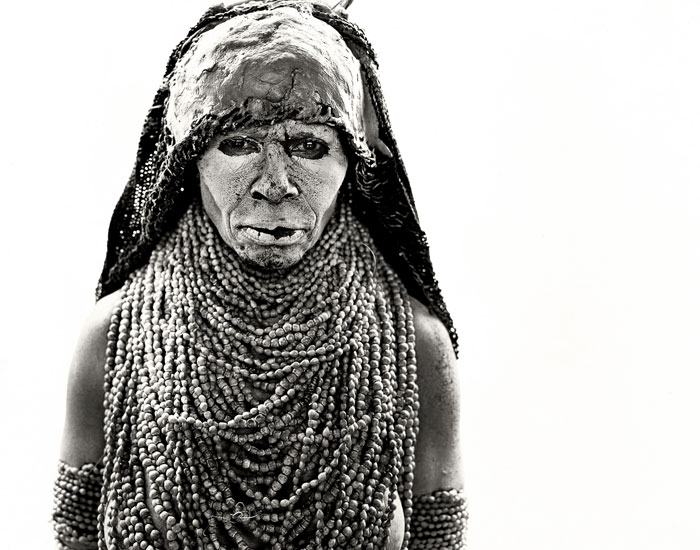
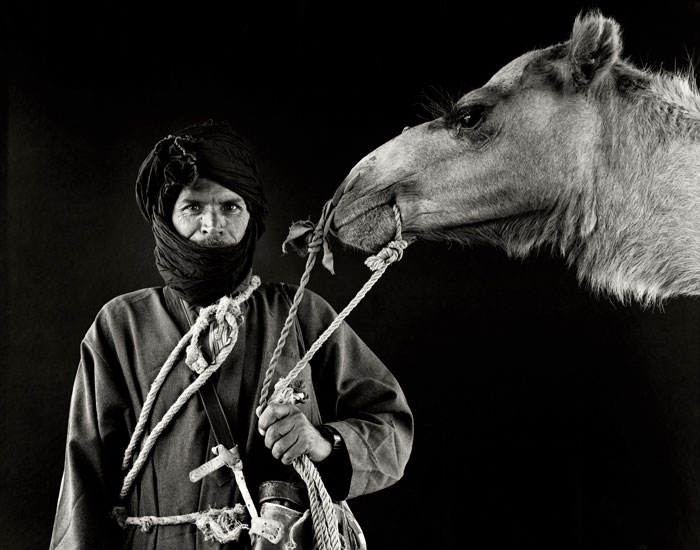
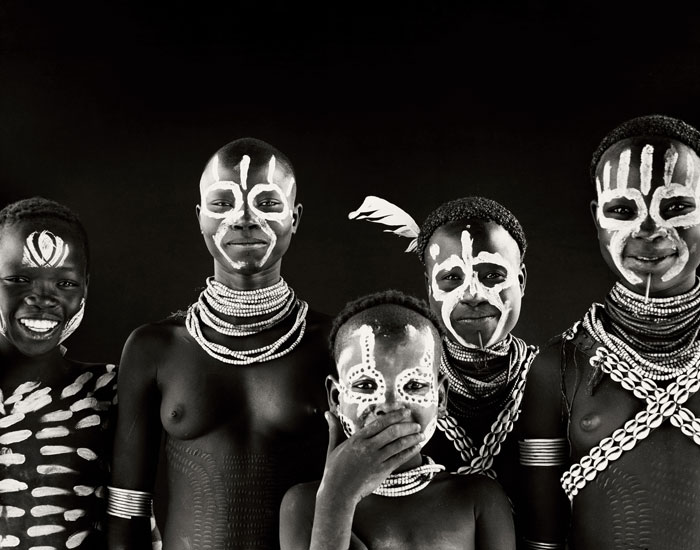
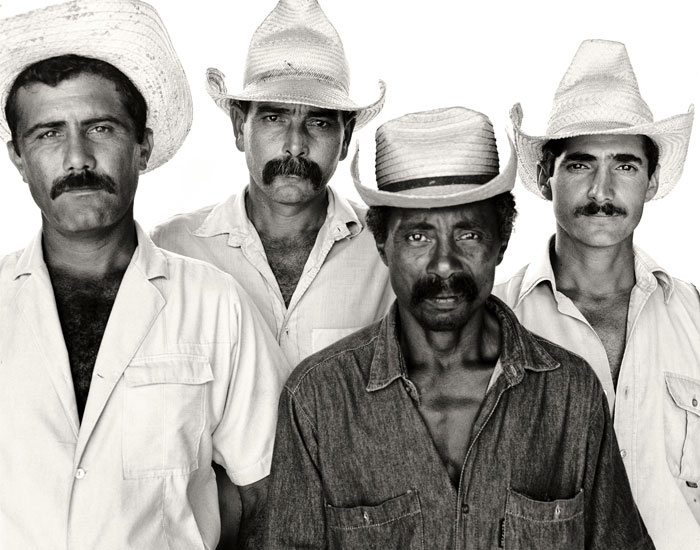




Interview continued
NP: Why shoot these photographs in a studio?
GF: By using portable lighting equipment designed specifically for fieldwork, the subjects are bathed in light and are momentarily lifted out of their ordinary context of emblematic geography and physical culture. An abstract background establishes a common ground [between] all of them: Who are these strangers that look so familiar?
NP: Define your relationship to your subjects in this series.
GF: Light Years allows for an exchange between the photographer and the subject. The project is a conceptual body of work that explores the connectivity of humanity united in space and time. This project frames the lives of people from all walks of life—butchers, cowboys, shamans, priests, soldiers, and children—people who each have a story to tell, and a perspective to share. We have the desire and curiosity to exchange stories, to learn, and to communicate with each other. The matter, the moment, and the mysteries of life are shared on each side of the camera through this photographic experience.
NP: Have you been accused of exploitation or objectification?
GF: In some sense we are all travelers. We are given the opportunity to experience existence, however briefly, and we are changed by what we discover in the process of making the journey. None of us are exempt. We are all leaving footprints in our wake.
NP: How have audiences responded to the Light Years project?
GF: The solo show at the Jenkins Johnson Gallery, starting Oct. 19, will be the first public appearance of the pieces. Everyone who has seen the work has their own personal favorite, which is as surprising as [it is] natural and normal.
NP: Do your photographs have a purpose or message?
GF: My hope is that the audience will find their own meaning in this work and possibly walk off with a little magic and mystery, which is layered deep in the eyes of these wonderful people whom I have come to meet and photograph.
The questions remain for each of us to answer: What was the value of our moment here? What was its meaning? What have we changed in passing? What traces have we left behind?
